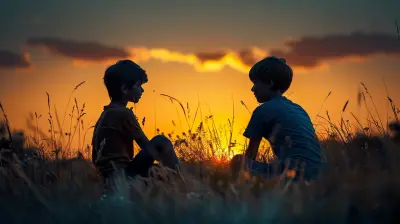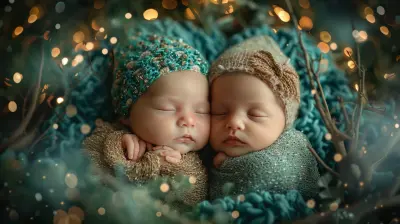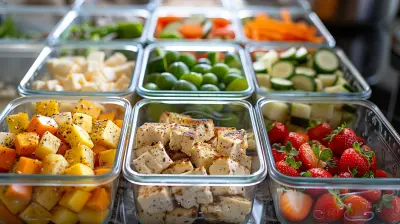The Role of Play in Developing Motor Skills and Coordination
11 July 2025
Let’s be honest — kids love to play. They’ll turn anything into a game, from bouncing a ball to running around the living room like superheroes on a mission. But did you know that all this fun and chaos is doing more than just burning off energy? Yep, those moments of silly giggles and pretend sword fights are actually super important for developing your child's motor skills and coordination.
Think of play as nature’s gym for your child’s growing body. It's not only enjoyable but also essential for building strong muscles, improving balance, and teaching kids how to control their movements. Whether it’s climbing a jungle gym or stacking blocks, every playful moment is a chance to grow — physically, cognitively, and emotionally.
So, let’s dig in and see how play shapes the way our kids move, balance, and react to the world around them.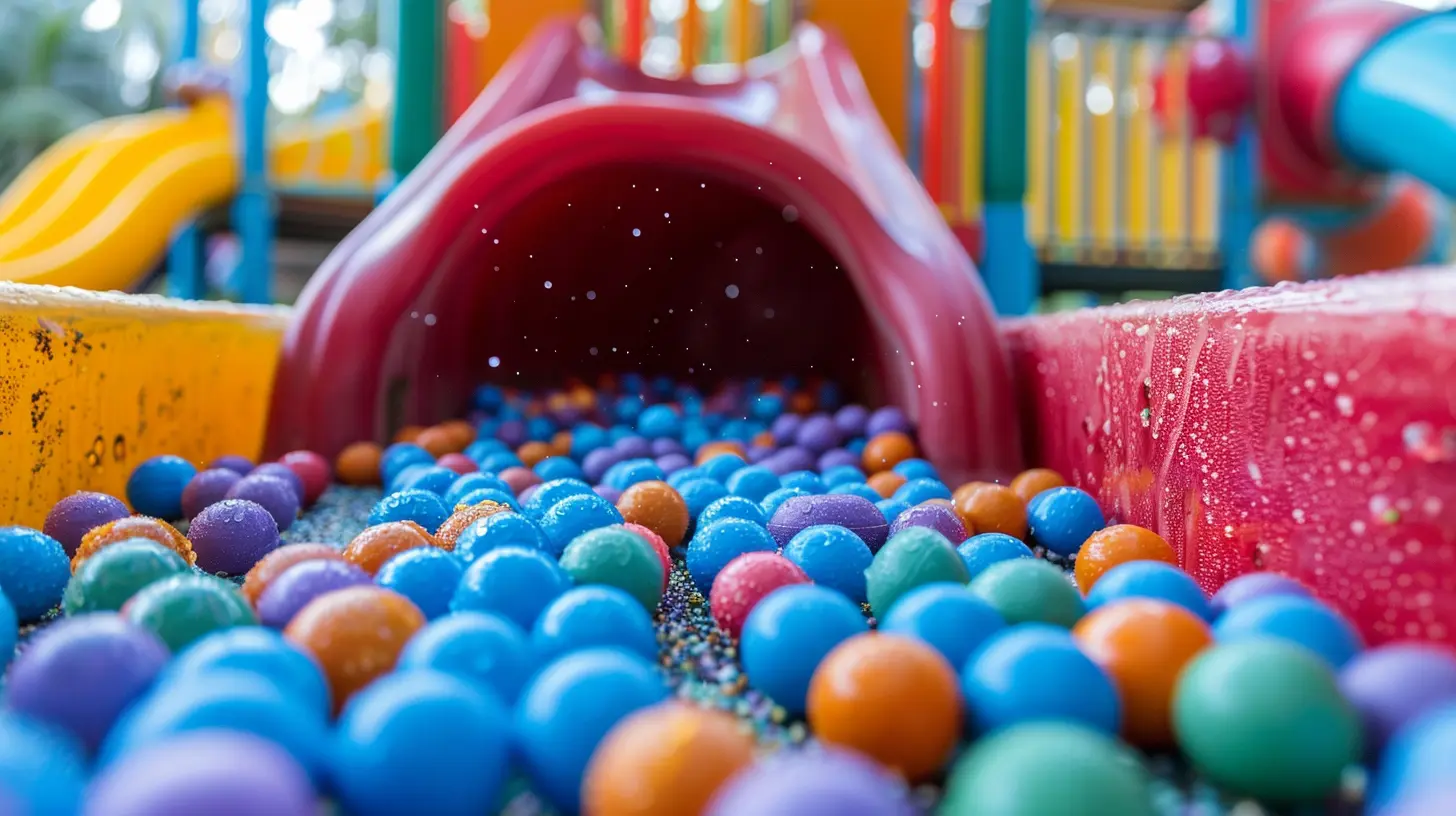
What Are Motor Skills, Anyway?
Before we dive into how play helps, let’s clear up what motor skills actually are.In simple terms, motor skills are the movements and actions of the muscles. And they’re split into two types:
- Gross motor skills: These involve big movements using large muscles — like crawling, running, jumping, or even throwing a ball.
- Fine motor skills: These are all about small, detailed movements — think writing with a pencil, buttoning a shirt, or picking up tiny objects.
Each set of skills needs practice, patience, and yes… play!
Coordination: The Secret Sauce Behind Movement
Ever tried to pat your head and rub your belly at the same time? That’s coordination in action.Coordination is the ability to use different parts of the body together smoothly and efficiently. It’s what allows a child to walk without tripping or catch a ball mid-air. Solid coordination is key to virtually everything your kid does — from riding a bike to tying shoelaces.
And you guessed it — play is one of the best ways to develop it.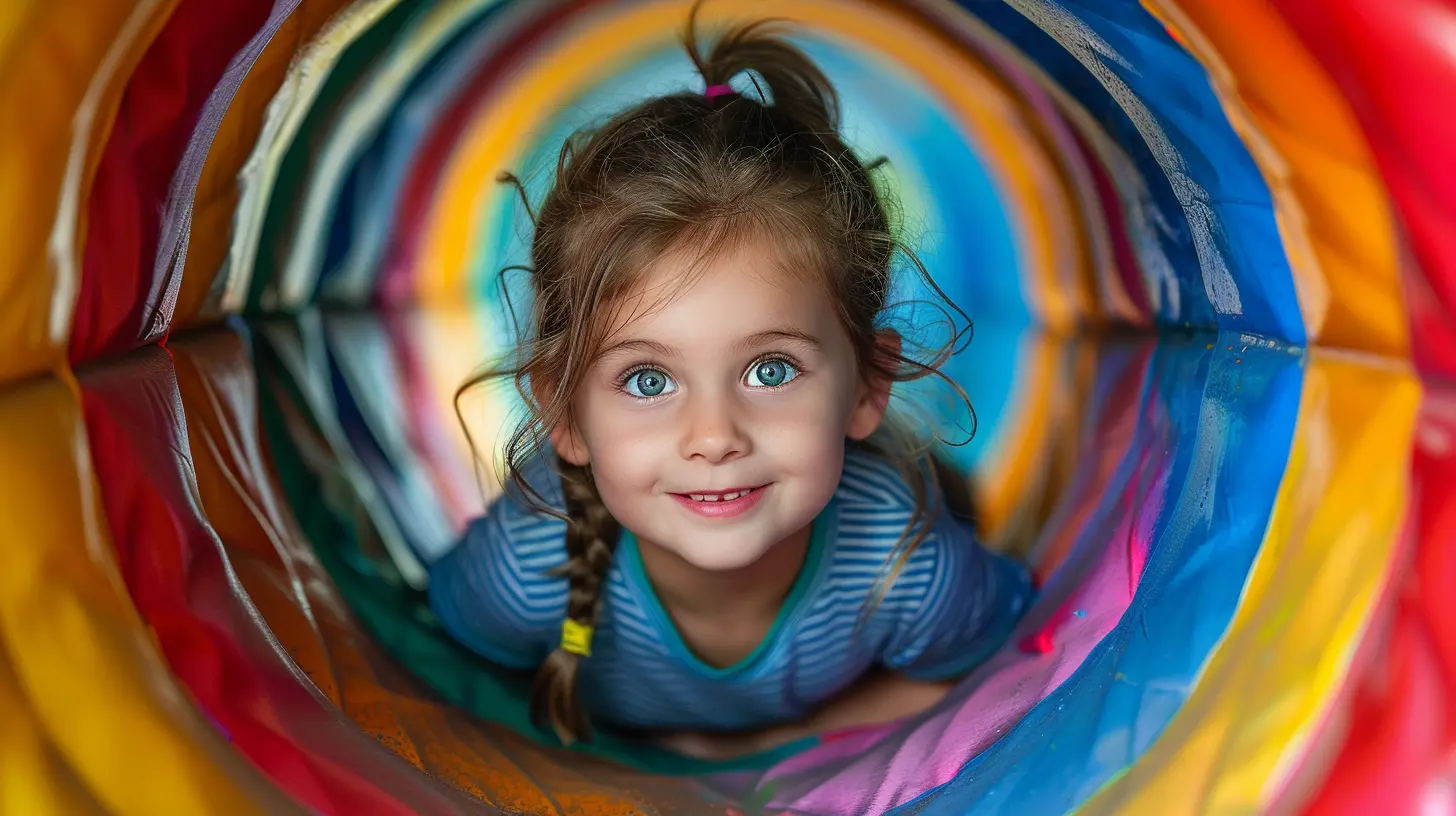
Why Play Is the Best Teacher Out There
Forget flashcards and endless repetition. Play is how kids naturally explore and learn about their bodies.You see, when children play, they’re not just having fun — they’re experimenting, solving problems, and testing their physical limits. It’s unstructured, creative, and driven by curiosity. That’s the perfect recipe for motor development.
Let’s break it down a bit more.
Gross Motor Skills & Play: Big Movements, Big Wins
You’ll notice gross motor development in the early years — when your toddler starts crawling, then walking, and suddenly they’re scaling the couch like a mini mountain climber.Here’s how play supports gross motor growth:
1. Outdoor Activities
Running, jumping, climbing, and swinging — basically everything they do at the playground. These activities:- Strengthen leg and arm muscles
- Improve balance and coordination
- Boost endurance and stamina
Tip: Set up mini obstacle courses in your backyard or even your living room. Kids love a challenge and it's a great way to mix fun with fitness.
2. Ball Games
From rolling to kicking to throwing, ball games are a goldmine for building gross motor skills. They help kids:- Improve hand-eye coordination
- Develop timing and spatial awareness
- Strengthen core stability
Even a simple game of catch can do wonders!
3. Dancing & Movement Games
Ever seen a toddler bust a move in front of the TV? Dance play improves rhythm, balance, and body control. Games like “Simon Says” or “Musical Chairs” are perfect for this.Fine Motor Skills & Play: Tiny Tasks Make a Big Difference
Fine motor skills may not be as obvious as running or jumping, but they’re just as crucial. These are the skills your child needs to draw, write, feed themselves, and do other detailed tasks.Here’s how play boosts fine motor development:
1. Arts and Crafts
Cutting paper, coloring, molding clay — these playful activities are fine motor gold. They enhance:- Hand and finger strength
- Precision and dexterity
- Eye-hand coordination
Not to mention, they spark creativity too!
2. Building Blocks and Puzzles
Yes, that Lego masterpiece or 10-piece puzzle your child insists on doing over and over? It’s sharpening their tiny motor muscles and teaching spatial awareness and problem-solving.3. Board Games and Manipulatives
Games that involve small pieces or turning knobs (think Operation or Connect Four) help develop finger control and attention to detail.Age-Appropriate Play for Motor Skill Development
Not all play looks the same at every age. So, what should you look for in different developmental stages?Babies (0-12 Months)
- Tummy time helps strengthen neck and back muscles.- Reaching and grasping for toys builds hand-eye coordination.
Toddlers (1-3 Years)
- Push toys and ride-ons support balance and walking skills.- Simple puzzles and stacking toys work those fine motor muscles.
Preschoolers (3-5 Years)
- Pretend play and crafts boost fine motor finesse.- Climbing and jumping aid large muscle development.
School-Age (5+ Years)
- Sports, dance, and martial arts challenge both gross and fine motor skills.- More complex crafts and games fine-tune coordination and control.
The Power of Unstructured Playtime
It’s tempting to schedule your child’s time down to the minute, but don’t underestimate the value of unstructured play — the “just playing around” kind of play.When kids have the freedom to explore and lead their own play, they:
- Take more physical risks (safely, of course)
- Find creative solutions
- Hone their decision-making and coordination skills
Unstructured play is how kids learn to trust their bodies and abilities. So, give them time and space to roam free — within reason!
Indoor Play Ideas for Rainy Days
Stuck indoors? No problem! You don’t need a giant backyard to encourage movement and play. Here are a few ideas:- Pillow obstacle courses: Jump, crawl, and tumble your way to motor skill magic.
- Dance parties: Turn up the tunes and get groovin’.
- Simon Says or Freeze Dance: Excellent for listening skills and body control.
- Craft hour: Bring out the scissors, glue, and paint — but maybe keep the couch away!
The Social Side of Play
Let’s not forget that motor skill development often happens in social settings. When kids play together, they don’t just build bodies — they build relationships.Think about it: Games like tag or hide-and-seek require turns, rules, reactions, and tons of movement. Every “You’re it!” is a lesson in reflexes and rhythm.
Plus, group play naturally pushes kids to adapt their movements to others — kind of like dancing in sync. This, in turn, sharpens their coordination and reaction times.
When to Worry (And When Not To)
Here’s the truth: every child develops at their own pace. Some are jumping off the furniture by age two, others are slow and steady. Both are totally normal.But if you notice things like:
- Frequent stumbling or lack of balance
- Trouble holding objects properly
- Avoidance of physical activity
- Significant delays in meeting milestones
…it might be worth a chat with your pediatrician or an occupational therapist. Early support can make a big difference.
Encouraging Play Without Overthinking It
Here’s a wild idea: just let them play. Seriously — sometimes, the best thing you can do is step back and allow your child to follow their interests.But if you want to help guide the process, here are a few tips:
- Create safe, open spaces for movement
- Offer a variety of toys and activities
- Limit screen time to make room for physical play
- Join in the fun when you can — play is bonding, too!
Wrapping It Up
Play isn’t just downtime for kids — it’s prime time for growth. From those first wobbly steps to building a tower of blocks taller than their head, every moment of playful movement helps build the foundation for motor skills and coordination.So next time your little one turns the living room into a racetrack or insists on another round of "Red Light, Green Light," smile and know that magic is happening behind the scenes. Their body is learning, growing, and wiring itself for a lifetime of movement.
And the best part? It’s all happening through joy. No drills. No pressure. Just good old-fashioned, giggle-filled play.
all images in this post were generated using AI tools
Category:
Child DevelopmentAuthor:

Kelly Snow
Discussion
rate this article
1 comments
Selena Castillo
This article effectively highlights the crucial link between play and motor skill development. It’s a reminder that playful activities are not just fun; they are essential for our children's physical and cognitive growth. Great insights!
July 20, 2025 at 2:37 PM

Kelly Snow
Thank you for your thoughtful feedback! I'm glad the article resonated with you and emphasized the importance of play in children's development.
